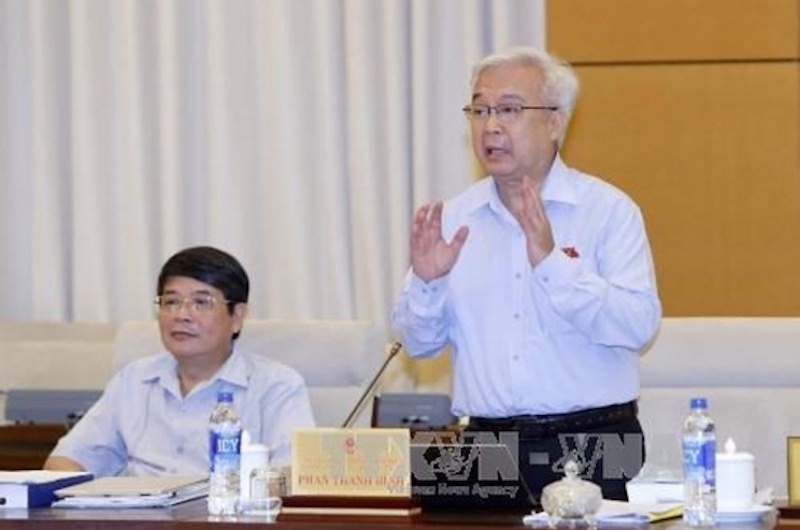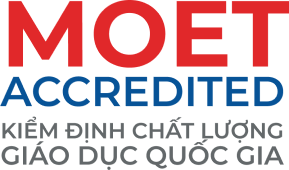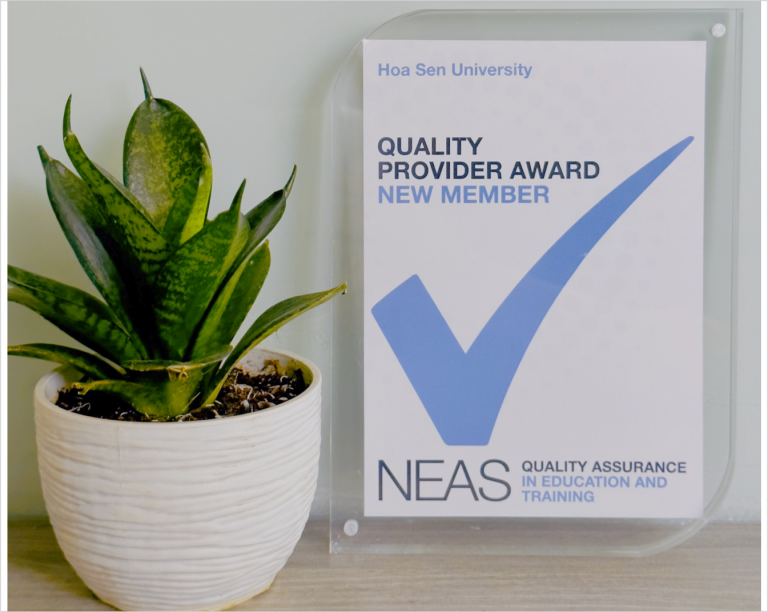To be granted university autonomy, the institution must achieve quality accreditation
This is the perspective of the National Assembly Committee for Culture, Education, Youth, Adolescents, and Children on university autonomy.
On September 12, the Standing Committee of the National Assembly continued to give opinions on the Higher Education Law.
The majority of Standing Committee members evaluated the Higher Education Law project as having undergone significant revisions.
The Law project ensures that it can be passed at the 6th session of the 14th National Assembly.
On some specific issues, the National Assembly Committee for Culture, Education, Youth, Adolescents and Children has given their assessment feedback in the appraisal report.
Regarding university autonomy, Chairman Phan Thanh Bình emphasized that the opinion of the delegates suggested specifying the content, level, roadmap, and conditions to ensure the implementation of autonomy rights in all aspects of academics, finance, organization, and personnel linked to accountability and innovation in university governance in accordance with the conditions and capabilities of each higher education institution; enhance accreditation and publicize of academic quality.
Amend related legal regulations to create unity and synchrony in implementing university autonomy substantively.

Chairman Phan Thanh Binh of the National Assembly Committee for Culture, Education, Youth, Adolescents and Children (Photo source: TTXVN)
After considering the delegates’ opinions, the draft Law has been revised to provide a clearer definition of autonomy. Autonomy is the right of a higher education institution to determine its own goals and choose the methods to achieve them. This includes the ability to operate independently, take responsibility for professional activities, and manage personnel, finances, assets, and other activities in accordance with legal regulations and the capacity of the institution.
At the same time, Article 32 about the autonomy and accountability of higher education institutions was edited to specify the conditions for autonomy.
Specifying the content of autonomy in academic expertise, organization, personnel, finance, and assets as well as detailing the content of accountability and requirements for higher education institutions when implementing autonomy.
Regarding accountability, the draft Law has been edited to clearly define the concept of accountability.
Specify the contents that the institution must publicly disclose, and be transparent with students, society, regulatory agencies, and related stakeholders.
Especially the responsibility to perform independent financial audits, publicize quality, tuition fees, service charges of the institution, be legally responsible if failing to implement the regulations, and commitments to ensure academic quality.
The draft Law stipulates that to be granted autonomy, the institution must achieve accreditation from a government-recognized organization.
Delegates requested clear legal positioning of the University Council; clarify the functions, duties, powers, responsibilities, and the relationship between the University Council and other governances.
Regulate the structure of the Council members, and the standards for the Council Chairman and the University President in an open, flexible manner to select many candidates with sufficient capacity and prestige.
After considering the delegates’ feedback, the draft Law has been edited to unify the name of the University Council in both public and private institutions; and distinguish the University Council from the University Board.
The University Council implements institution governance through specific responsibilities and powers.
The University President executes the right to manage and operate the institution based on legal regulations and the resolutions of the University Council, under the supervision of this body.
Contents about the term, working principles, structure, and proportion of the University Council members; standards, functions, and duties of the Council Chairman as well as the requirements for ensuring the operation of the University Council, the specific powers, and responsibilities of the President and more have all been mentioned very detailed, specific and suitable for the nature of each type of institution as presented in the draft Law.
To facilitate attracting many capable and dedicated candidates to participate in the governance and management of higher education institutions, the draft Law does not specify in detail the standards, age, and consecutive terms of the positions of the Council Chairman and President but leaves it to the institution to autonomously decide according to its organization and operation regulations based on the general legal regulations.
The University Board is responsible for the orientation and coordination to implement the mission of the whole system and participate in the process of key university-level personnel.
National Assembly Chairwoman Nguyen Thi Kim Ngan evaluated that the draft of the Higher Education Law has incorporated and adjusted the feedback from the delegates.
Some opinions are still concerned about the model of the higher education institution system.
The opinion of the review agency uniformly and coherently regulates the model of the higher education institution system including universities, and university schools.
This opinion does not reflect the reality of the current model of the higher education institution system. The National Assembly Chairwoman believes that this proposal should be considered further in the following aspects.
Current universities include National Universities, regional universities, universities, and academies.
Regarding National Universities, Chairwoman Nguyen Thi Kim Ngan affirmed: “My viewpoint is to raise the position, role of the 2 National Universities in this law rather than diminish.
But how to mention regional universities in this Law, what regulations to make to avoid major disruptions in the current model of education institutions”.
Regarding university autonomy, the National Assembly Chairwoman assessed that the draft has focused more on specifying the content, level, roadmap, and conditions to ensure the implementation of the autonomy rights of higher education institutions in academics, finance, and personnel.
The model of National Universities and regional universities continues to be affirmed in this draft law, but there are no regulations on the autonomy of departments, institutes, centers, and members of National Universities and regional universities.
“The major issue in the model of National Universities and regional universities is the legal relationship and autonomy of the member universities. It needs to be clearly regulated in this law,” the Chairwoman said.
According to the Chairwoman, regarding governance, the law gives too much power to the University Council, effectively making this body a powerful authority – too powerful.
Such regulation turns the University Council into a management body, failing to clarify the role and responsibilities of the President.
“Therefore, to ensure the authority of the University Council but also to ensure the rights and responsibilities of the President in managing institution operations, it is necessary to more clearly define what the authority of the University Council is, and what the President’s rights are?”, Chairwoman Nguyen Thi Kim Ngan analyzed.
The Chairwoman added the governance model of private universities needs further clarification on how the governance model of private universities differs from that of non-profit private universities.
Do Thom
Source of the article: access here












